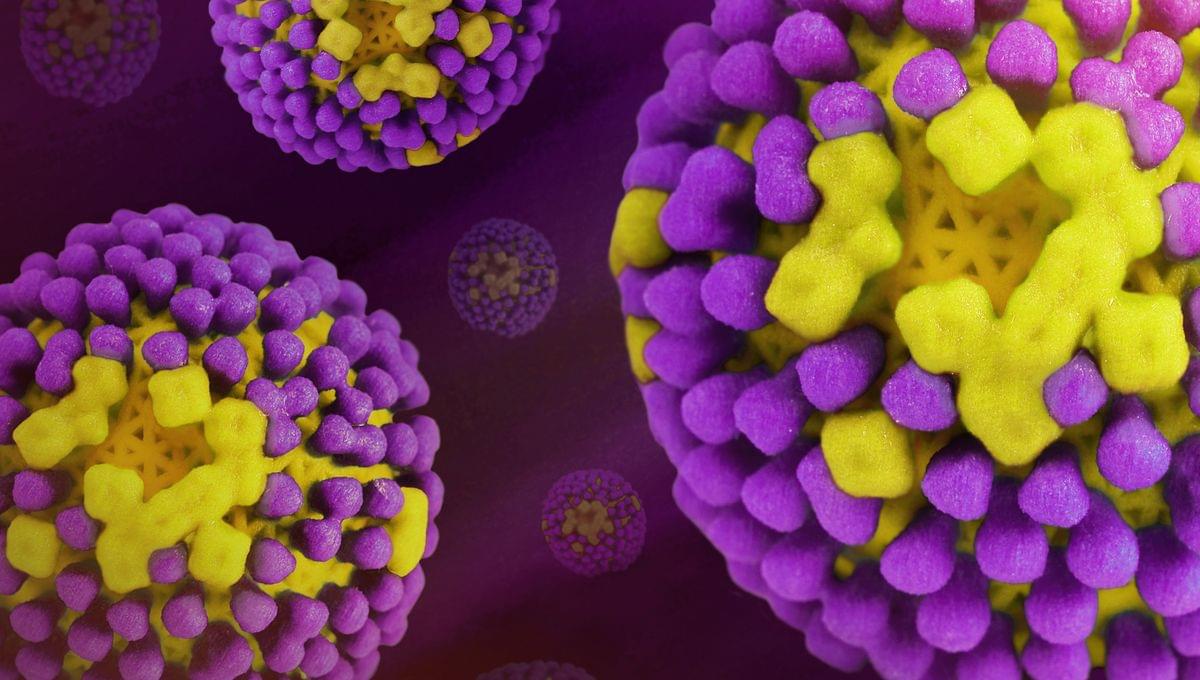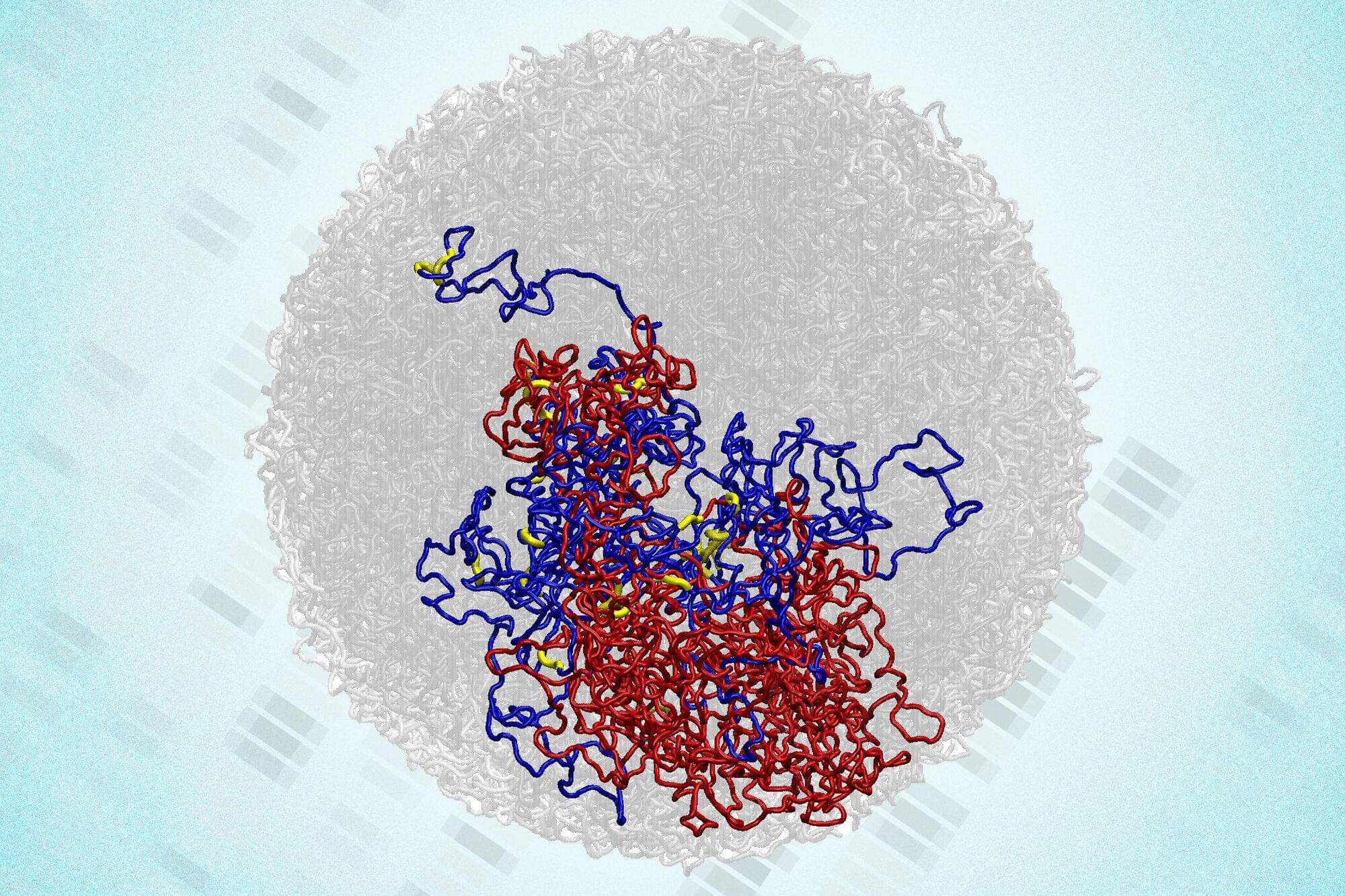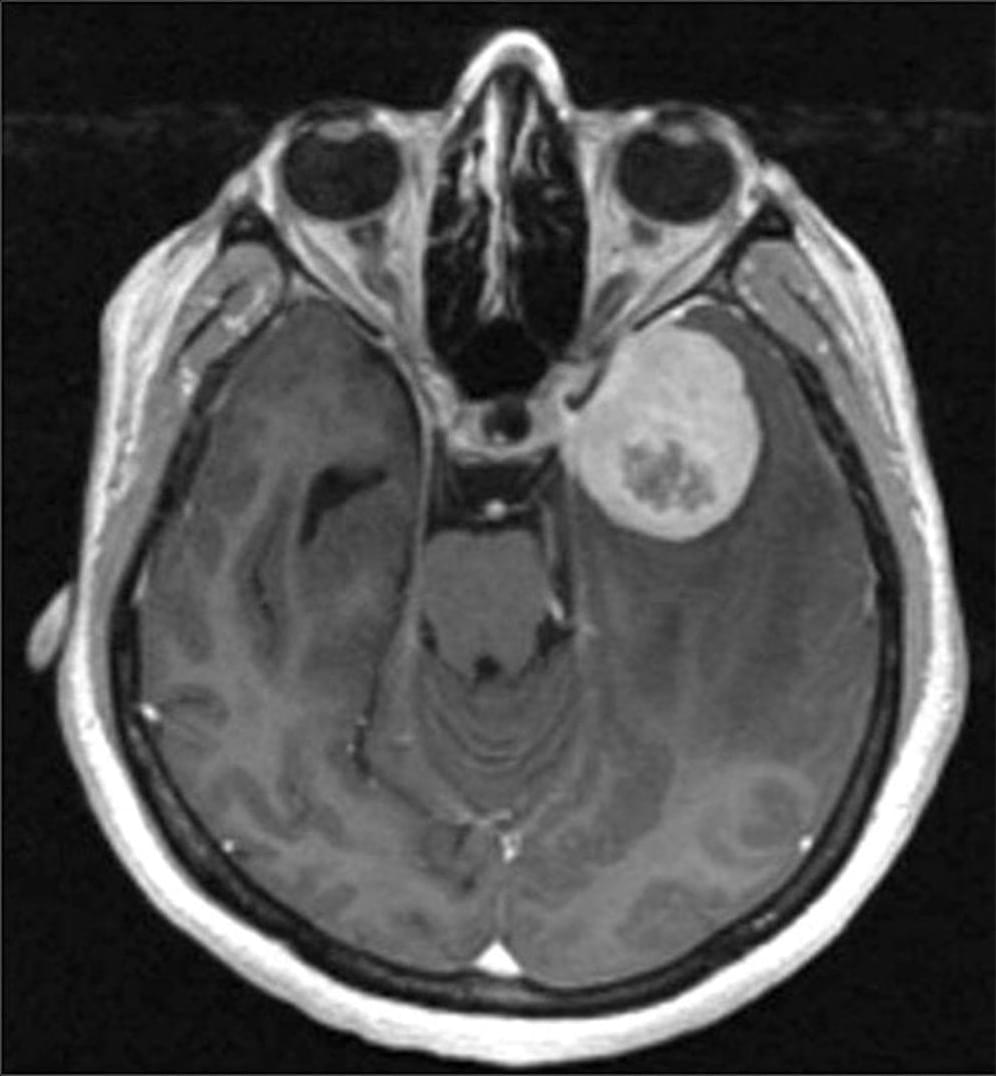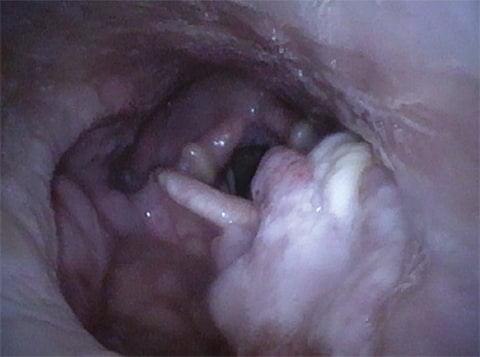New research reveals that reduced ATP signaling in the hippocampus plays a causal role in both depression- and anxiety-like behaviors.





RAY-lee) is the scattering or deflection of light, or other electromagnetic radiation, by particles with a size much smaller than the wavelength of the radiation. For light frequencies well below the resonance frequency of the scattering medium (normal dispersion regime), the amount of scattering is inversely proportional to the fourth power of the wavelength (e.g., a blue color is scattered much more than a red color as light propagates through air). The phenomenon is named after the 19th-century British physicist Lord Rayleigh (John William Strutt). [ 1 ].


Clinicians typically classify meningiomas — the most common type of brain tumor — into three grades, ranging from slow-growing to aggressive.
But a new multi-institutional study suggests that appearances may be deceiving. If a tumor shows activity in a gene called telomerase reverse transcriptase (TERT), it tends to recur more quickly, even if it looks low-grade under the microscope.
Researchers discover that when meningiomas, a type of brain tumor, shows activity in the TERT gene, it tends to recur more quickly.

Nvidia CEO Jensen Huang says he uses AI chatbots like OpenAI’s ChatGPT or Google’s Gemini to write his first drafts for him.


Case Report:
Lichen planus is an inflammatory disorder of immune dysregulation that affects the skin and mucosa. Oral lichen planus (OLP) is a chronic variant characterized by white mucosal lesions,1 most commonly with bilateral buccal mucosa involvement and frequently involving the tongue and gingiva as well.2 Although the underlying cause remains obscure, OLP is thought to have an autoimmune etiology and has been linked with genetic factors, hypertension, diabetes mellitus, hepatitis C virus, and thyroid dysfunction.3
OLP onset involves the activation of immune pathways leading to migration and activation of T cells and the destruction of keratinocytes.4 It is thought that oral mucosal keratinocytes are activated by the expression of unknown antigens, which recruit lymphocytes. This T-cell-mediated response is coupled with the simultaneous nonspecific response of matrix metalloproteases, chemokines and mast cells, together causing apoptosis of the basal keratinocytes by various mechanisms.
OLP can undergo malignant transformation to oral squamous cell carcinoma (OSCC) in a small subset of OLP patients (1%), more commonly in smokers, alcoholics, and hepatitis C patients.5 It is thus considered an OSCC precursor lesion. Topical steroids are the first-line treatment, but systemic steroids and topical calcineurin inhibitors can be used to manage recalcitrant cases.6